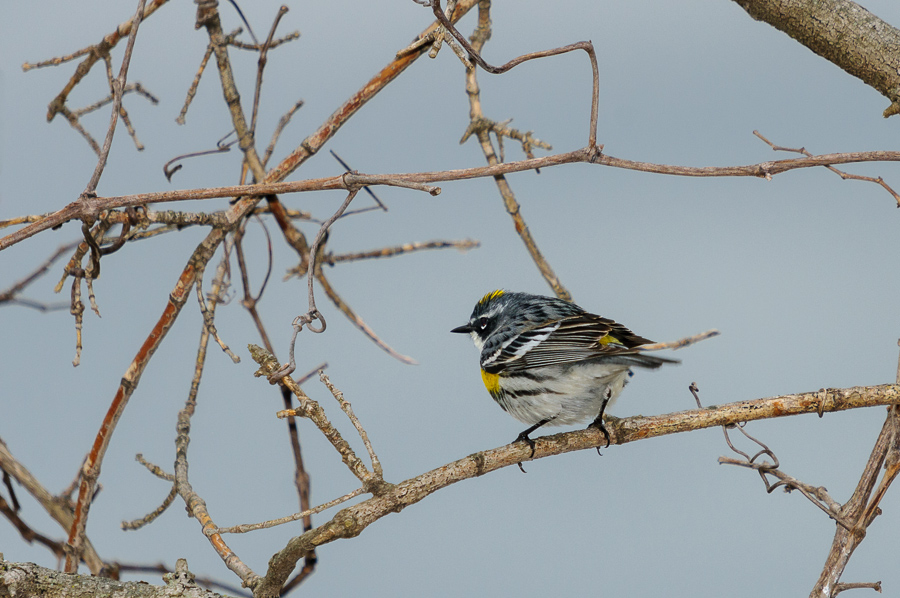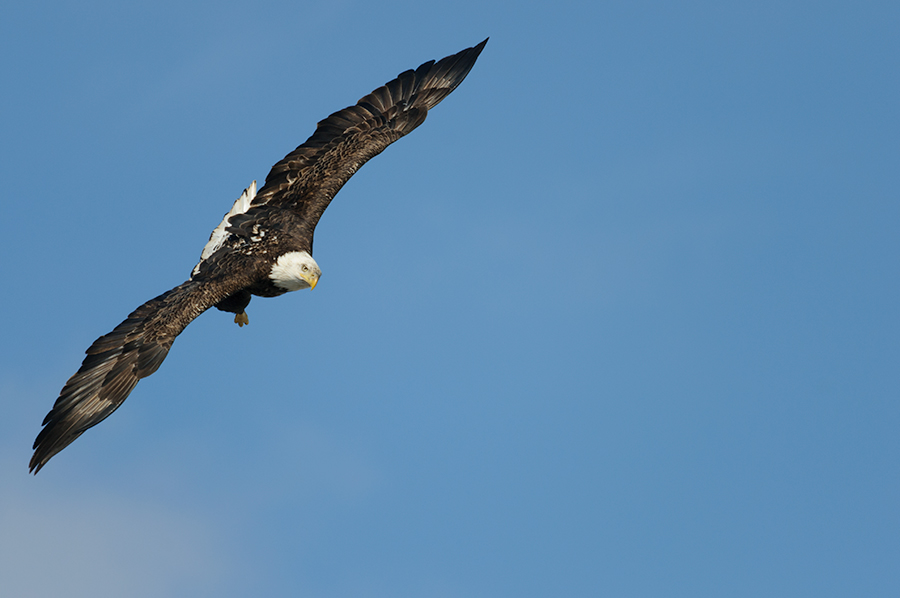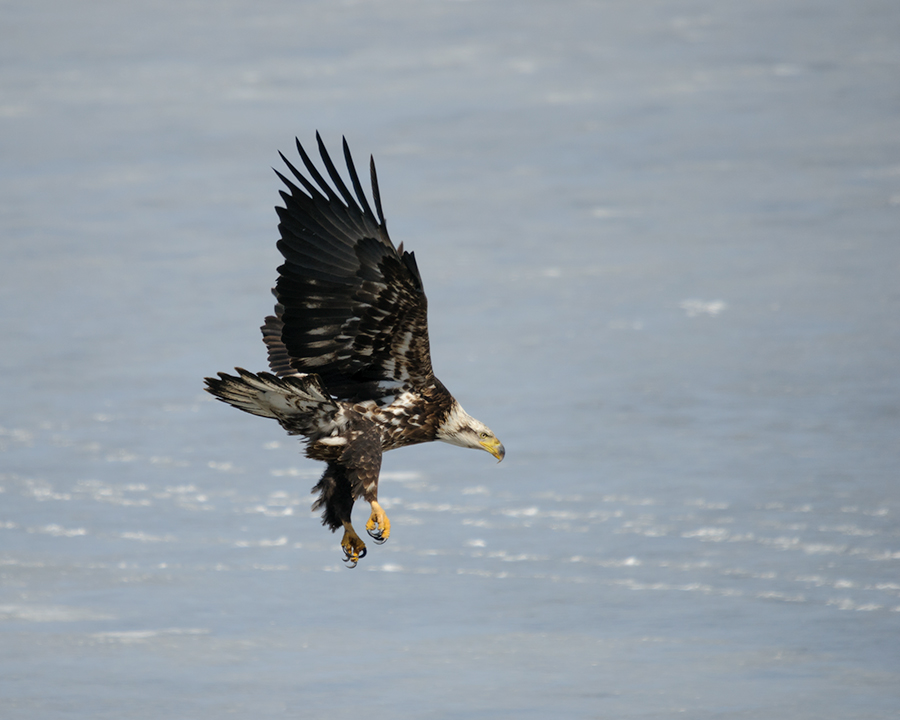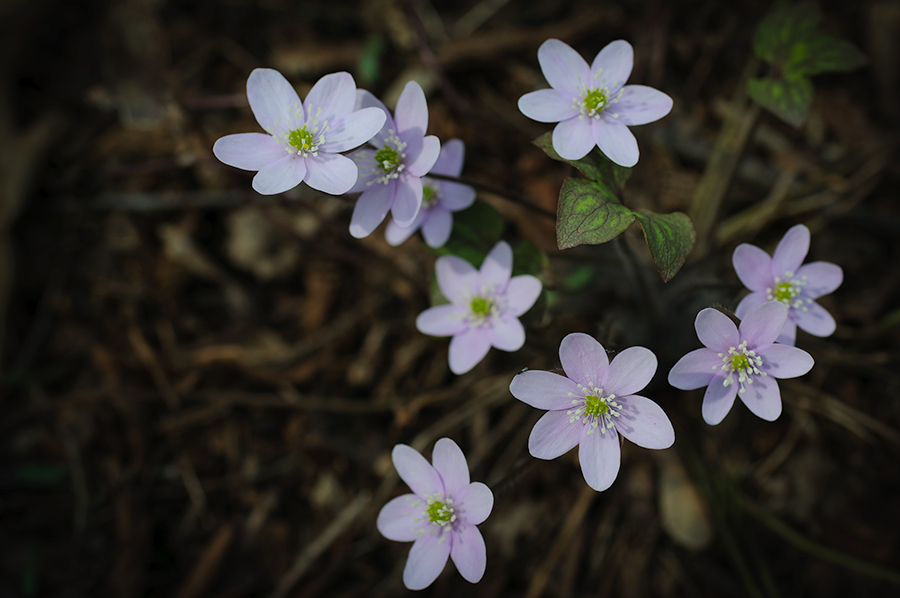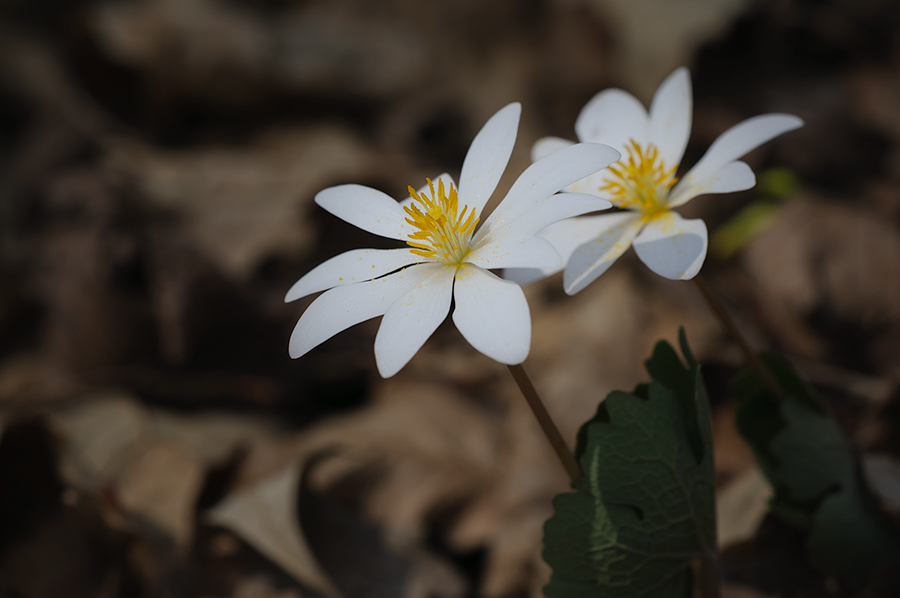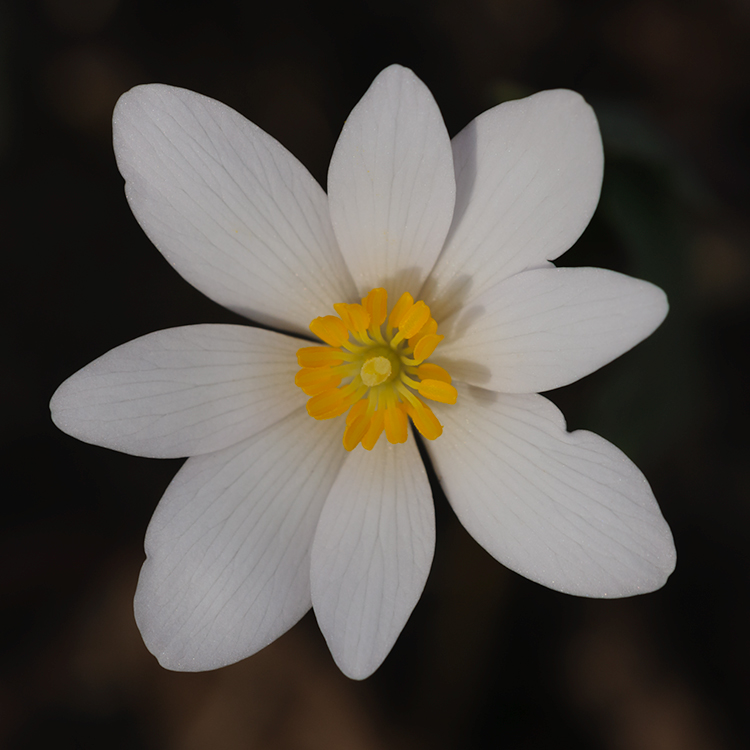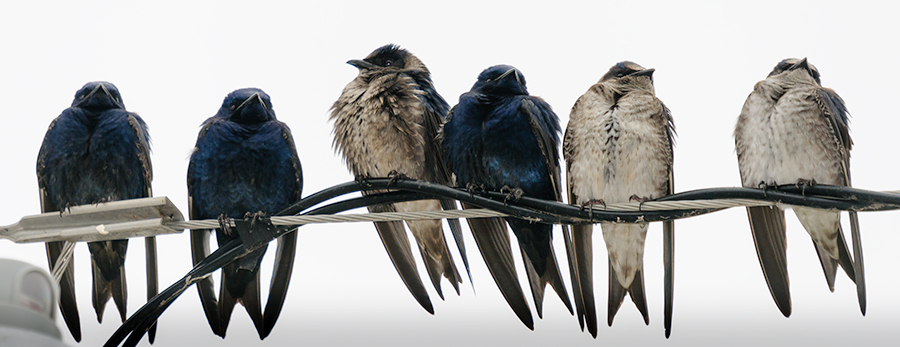
Shooting birds against a gray sky is actually a no-no but sometimes a story can be told by breaking the rules. Joan and I went down to the Mississippi this evening to check on the owlet again. We saw it briefly in a tree, not far from the nest, but I was not able to make a photo.
So what is the story? It’s the final arrival of the Purple Martins, Tree Swallows, and Barn Swallows. The martins spent the winter in the tropics down in South America and they have a long exhausting journey behind them when they finally come back to their breeding grounds. As you may recognize I try to keep man-made items out of my images when it comes to wildlife photography. But here is one exception. Nothing tells the story about their arrival better than having a whole bunch of them resting on an electrical wire. What you don’t see is the big nest house on a post that is right below this cable and where probably most of them were born. Purple Martins develop a strong loyalty to their nest site and will return every year in most cases. I saw a couple martins already three weeks ago. The older birds return earlier and subadult martins generally return to their breeding grounds 4 to 6 weeks after the adults.
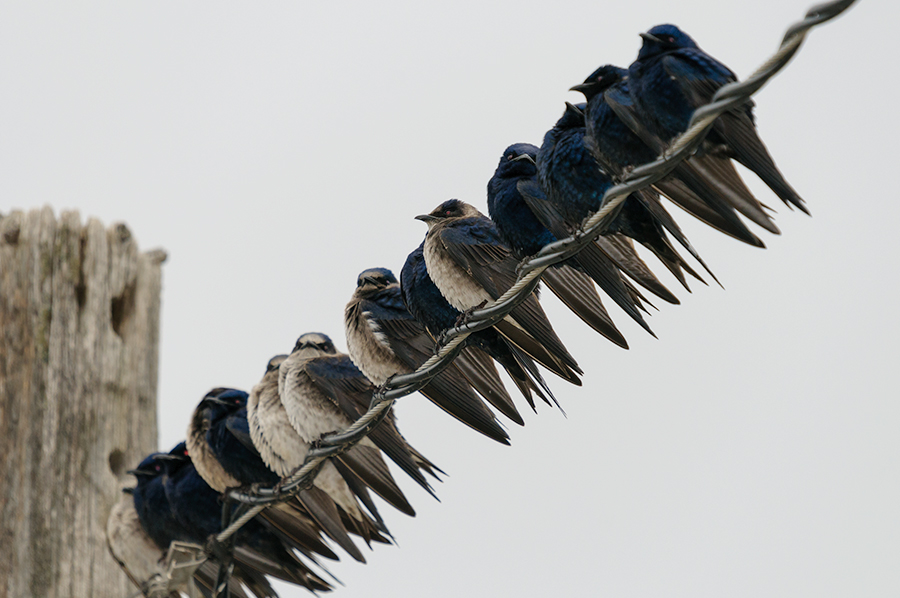
We haven’t seen the sun since almost four days and heavy gray clouds were still present this evening. I used fill flash to bring out the colors of the birds against the gray sky. In order to minimize the unattractive background the upper half of the first image was cropped to make it a panorama. Not ideal, but it is my way to tell the story about the arrival of the Purple Martins this year.


